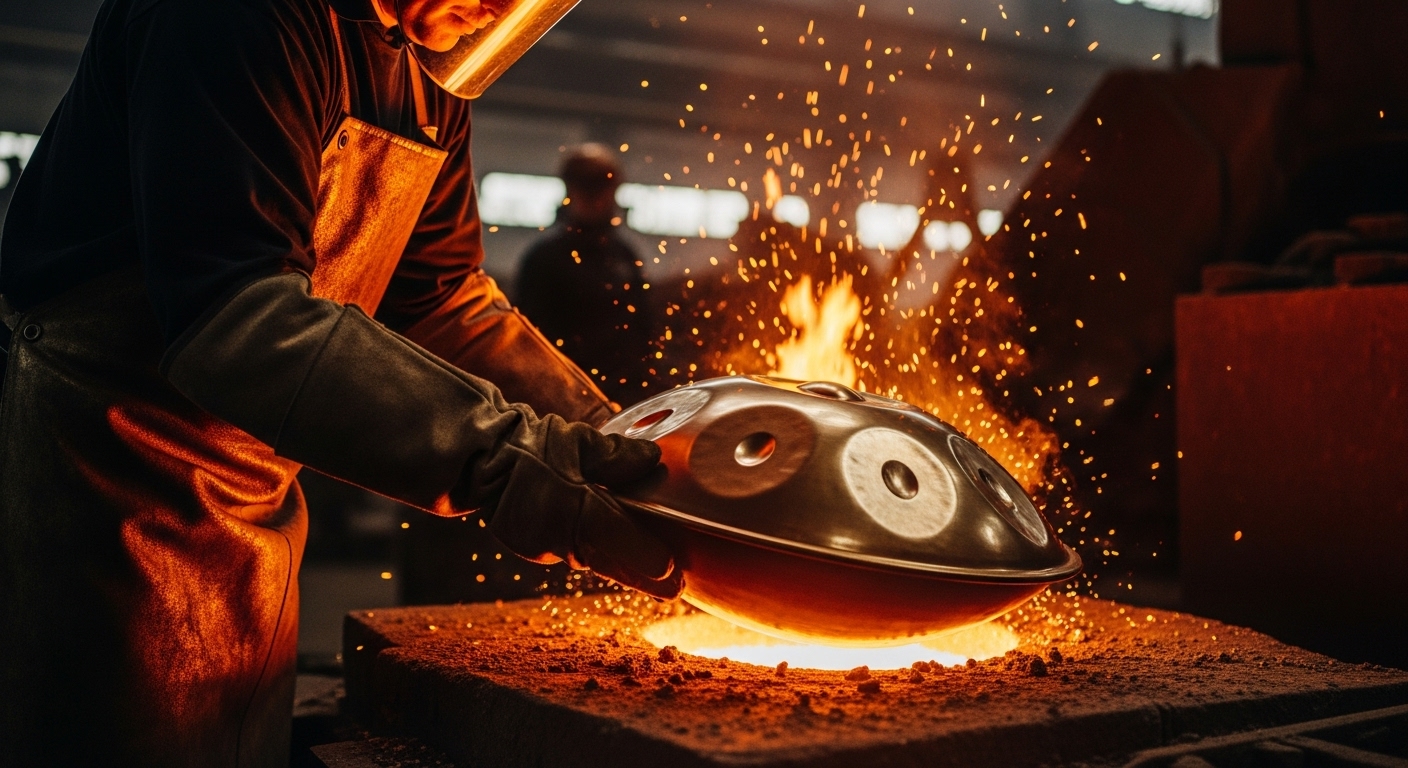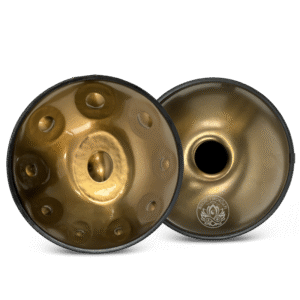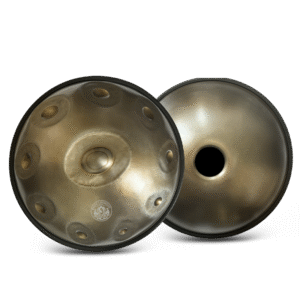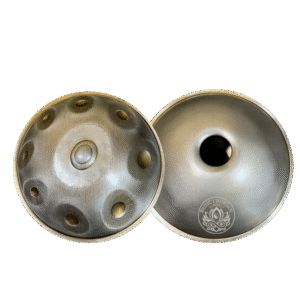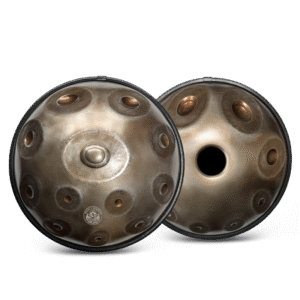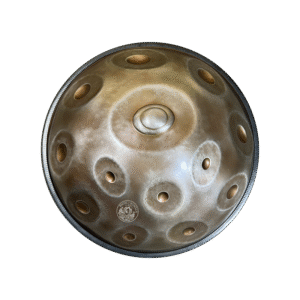Handpans are unique instruments whose sound quality depends on the materials used and tuning techniques. One of the increasingly popular materials used to make them is Ember Steel. What makes it different and does it require heat treatment? Here is the key information!
What is Ember Steel?
Ember Steel is a special type of stainless steel, which has gained popularity among handpan manufacturers for its excellent acoustic properties and tuning stability. The key features of this material are:
- Warm, deep sound and long sustain - the sounds are rich and harmonious, making it an ideal choice for meditation or sound therapy
- Corrosion resistance - this steel is less susceptible to rust than traditional steel nitrided steelso it requires less maintenance
- Exceptional outfit stability - instruments from Ember Steel maintain tunes. for a long period of time, even with intensive use.
Why is heat treatment crucial?
Heat treatment is an indispensable step in the professional production of handpan, significantly influencing the stability, durability and resistance of the material to subsequent deformation. In the case of Ember Steel, a properly conducted heat treatment - especially one carried out in special industrial ovensrather than using a burner - is particularly important for several reasons:
- Uniform heating: The oven allows for precise temperature control (550-650°C recommended) and even heating of the entire instrument. As a result, the stresses created during forging and tuning are effectively reduced and the material retains greater consistency.
- Avoiding local overheating: Burner treatment carries the risk of uneven heating and localised damage, which can lead to later tuning problems and a deterioration of tone.
- Durability and stability: Heat treatment in the furnace extends the retention time of the tuning and increases the resistance of the steel to mechanical damage and weathering.
When is heat treatment essential?
- After intensive hammering or if stresses requiring stabilisation have been identified.
- For increased durability of the outfit and resistance to shape-shifting.
- Whenever you want a professional, reliable instrument with repeatable performance.
When can heat treatment be omitted?
- If the instrument already shows a high degree of stability after tuning and does not become unstable even with intensive playing.
- Using alternative sound stabilisation techniques, such as multiple manual tuning.
- When we want to keep the natural resonances of Ember Steel as natural as possible at the expense of possible stability difficulties.
Why is Ember Steel special?
- Warm and long-lasting resonance - the note persists for up to 12-15 seconds after impact, producing an organic and harmonious sound
- Greater weather resistance - this steel requires minimal maintenance and does not rust as quickly as other materials
- Stability of the outfit - Thanks to its structure, the metal requires less frequent re-tuning.
Resume
Heat treatment in an industrial furnace is a key process that dramatically increases the quality, durability and stability of Ember Steel handpanes. This is fundamentally different from the less precise under-torch treatment - only heating in an oven provides the full benefits of this material and professional sound effects. For those looking for a high-quality instrument with long sustain and confident tuning, choosing an oven-heat-treated handpan is the best option. 🎶

